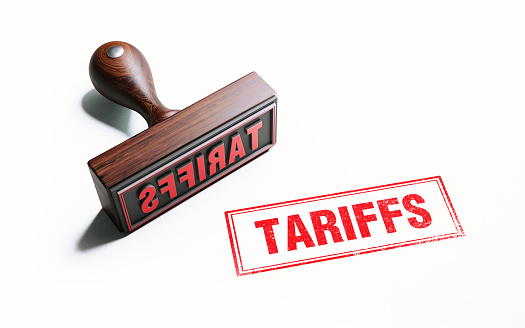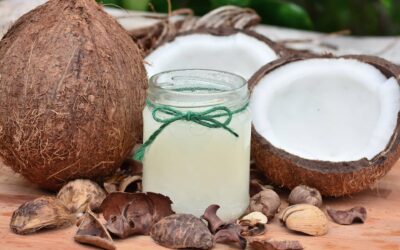Importing into the EU market, as in any other market may come with some tax rules and customs requirements that must be attained. Tariffs are simply taxes levied to an importer of a good at the port of entry. The purpose of a tariff is for markets to protect their local producers and for a means for governments to raise revenue. With tariffs, local producers can sell at a lower price as prices of imported goods are increased.
A quick example can be seen with the EU law of R220/99 which requires the ERGA OMNES which is a “third country duty.” For vegetable oils like virgin coconut oil, a 12.80% is applicable when importing into the EU market.
With that being said, it is important to note that tariffs for the EU market are classified according to products and product category. For each product and category, tariff codes are assigned which can be used to determine the tariff for a product or category in the EU market. If you are informed or know your product code, which you can learn more about here, you can easily estimate the tariff rate on the “My Trade Assistant” platform.
Another option to determine your tariff and to make sure you are working with the exact product code is through applying for the Binding Tariff Information (BTI) which can be issued by the Taxation and Customs Union of the EU.
What is a Binding Tariff Information?
A Binding Tariff Information decision is a written document that shows how your goods have been classified and outline your product code and classification. This document guides and assures the importer or exporter of the accurate product code and classification of the imported product. A wrong tariff code can lead to an incorrect tariff application. The BTI is officially binding on all EU customs administrations.
In addition, some goods may have certain import or export licensing requirements. This service helps you keep track of these requirements and helps you calculate the applicable duties and tariffs. It gives you a legal certainty in advance which is why it is always advisable to apply for a BTI decision especially if you are importing for the first time.
It is also important to understand that the tariff goods can also be affected by the country of origin. Such information can be obtained during a customs valuation.
What is Customs Valuation?
Customs valuation is simply the calculation of the economic value of a declared good by the customs. Since customs duties and VAT are determined as a percentage of a goods value, the economic value of the goods declared must be derived.
With the economic value of the imported good, the tariff of the goods can also be determined. As mentioned earlier, certain countries can also benefit from a duty relief or tariff suspension
Duty Relief and Suspension.
Duty relief or suspension is a means to allow goods to be imported into the EU at a lesser tariff rate. In some special cases, goods may be allowed to enter the EU tariff-free or at a minimal rate. This can be seen with trade agreements between nations or specific kinds of goods like (raw materials, semi-finished goods, or goods not available in the EU region). These exceptions can be temporary in some circumstances.
It is also possible to enjoy lower tariffs when importing certain organic and healthy products under certain classifications in the EU market. Such rules are susceptible to change and are advised to check if certain benefits may apply. You can check the current list of products under suspension here.
Tariffs Quotas
A tariff quota is a means whereby a certain amount of a product can be imported duty-free or at a lower rate. Quantities above the quota limits can be subject to a higher duty or tariff rate for the same goods to enter the European Union’s market. This is the case with tariff rate quotas (TRQs). Tariff quotas provide an opportunity for a variety to consumers and on the other hand, open up new markets for European products outside the European Union.
Tariff quotas are usually managed by the EU Commission’s Directorate General for Taxation and the Customs Union. Since quotas are sometimes limited, products are accepted in the EU market on a “first-come first-serve” basis from any EU port of entry. The total quota amount is usually available online. It is important to enquire if a quota may be available for your product of interest through the trade assistant platform.
There exist two essential tariff quotas which include Preferential Tariff Quotas and Autonomous Tariff Quotas.
Preferential Tariff Quotas
This can be seen as an agreement between the EU and some other countries. It is a trade agreement whereby an agreed amount of goods from a specific country can be imported into the EU market with a special tariff or duty.
Autonomous Tariff Quotas
With the autonomous tariff quota, a certain volume of goods can be allowed in certain economic sectors to stimulate economic activities and competition. This can be the case for raw materials, semi-finished goods, or products not available in the EU region. It is important to note that no tariff quotas are guaranteed with finished products.
With all the above information, you can have a broad understanding of the tariff system in the EU market. Also, before importing a product into the EU market, it can be possible to have an advance legal certainty through applying for a BTI decision.




